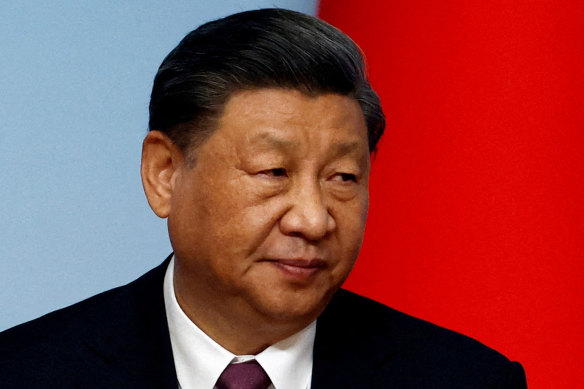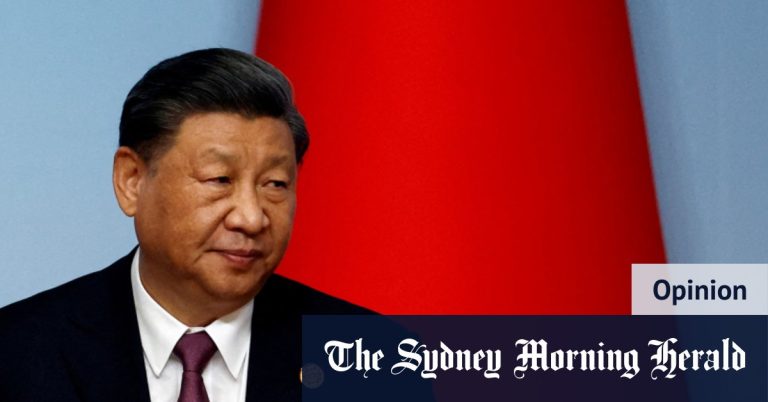In a zero-sum game, America's defeat in Afghanistan led to gains for China.
Beijing has moved quickly to integrate itself with the Taliban as a former terrorist group that the United States has fought unsuccessfully for two decades, and while the United States and its allies have focused on countering China's ambitions in the Indo-Pacific, Beijing has been quietly and methodically working on the other side. The key element of its global strategy is to strengthen its influence in West Asia.

Chinese President Xi Jinping.credit: Reuters
West Asia – stretching from Afghanistan to the Mediterranean – was once controlled by US-led regional alliances. During the Cold War, the United States was a central player in shaping the regional order. Along with Israel, Iran and oil-rich, pro-Western Saudi Arabia have formed the pillars of American influence in the region. Although Afghanistan maintained a neutral foreign policy, it was well-disposed toward the United States, and Washington expected the Iranian monarch, Muhammad Reza Shah, to act as its regional policeman and monitor Afghanistan.
However, this is no longer the case, and today China stands tall in the region. Its alliance with the “revolutionary” Islamic regime in Iran and its burgeoning ties with the extremist Taliban movement in Afghanistan have provided Beijing with powerful leverage to enhance its geopolitical and geostrategic influence across the region.
The close friendship between China and Iran is not new. The Iranian regime has evolved since the Iranian Islamic regime came to power in 1979. While the United States rejected the regime as fundamentalist and hostile to its regional interests, China immediately recognized it and the country's transformation into an Islamic republic.
download
Despite serious ideological differences, economic and trade relations between the two parties, including oil imports from Iran to China and exports of goods and technology from China to Iran, have taken a rapidly upward trajectory. In the decade between 1981 and 1991, China represented 41 percent of Tehran's arms purchases. By 2016, bilateral trade reached more than $31 billion, and during President Xi Jinping's visit to Tehran in the same year, the two governments agreed to build economic relations worth up to $600 billion.
China has also assisted with Iran's nuclear program, with the two sides signing a 25-year cooperation agreement in 2021, boosting Chinese investments in Iran's oil, gas and petrochemical industries, infrastructure development, and defense and intelligence cooperation. Last year, when Iran joined the Shanghai Cooperation Organization as a full member, China was Iran's largest trading partner.
China has now begun to follow a similar pattern in its relations with the Taliban regime in Afghanistan. Although Beijing initially approved of the US campaign against Al Qaeda and the Taliban after 9/11, and even found it expedient to establish friendly relations with US-backed Afghan governments, the US-led intervention faltered in the climate of China's rise. – American competition, Beijing began to question Washington's motives.

